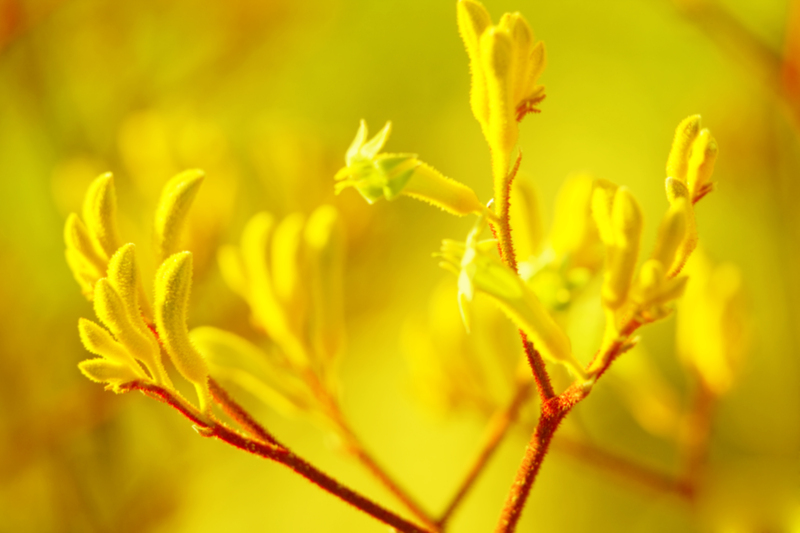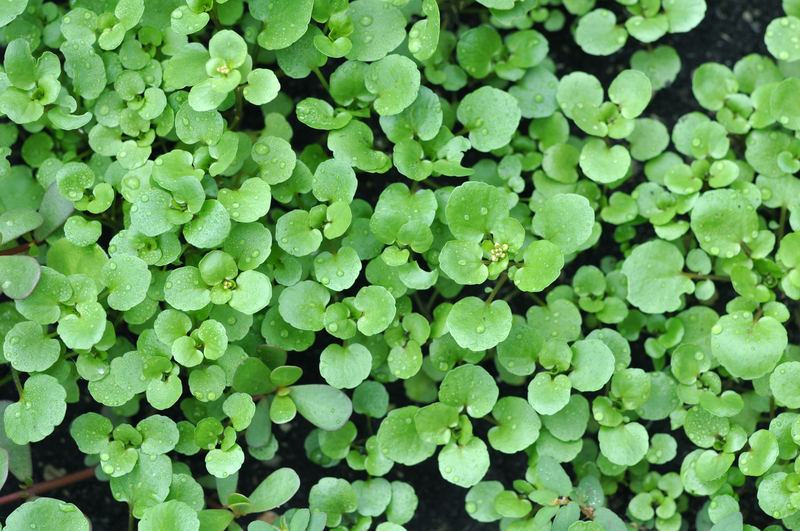24 Insect-Repelling Plants
Posted on 26/01/2025
Having a garden or a green space is a wonderful way to connect with nature, but sometimes it comes with the unwelcome intrusion of pests. Fortunately, nature provides us with various insect-repelling plants that can help keep your outdoor space bug-free. In this article, we'll go through 24 effective insect-repelling plants, their benefits, and some useful tips on how to use them.
1. Lavender
Lavender is known for its soothing fragrance which is loved by humans but hated by flies, mosquitoes, and other pests. It is perfect for planting in borders or pots near your sitting area.

2. Marigold
Marigolds contain pyrethrum, a compound used in many insect repellents. Plant them around the garden to deter mosquitoes, aphids, and even rabbits.
3. Basil
Basil is not only great for cooking but also repels mosquitoes and houseflies. Place pots of basil near doorways and windows.
4. Lemongrass
Lemongrass contains citronella, which is a commonly used natural mosquito repellent. The tall grass can add a tropical look to your garden.
5. Mint
Mint varieties like peppermint and spearmint can repel mosquitoes and ants. However, mint can be invasive, so it's best planted in pots.
6. Rosemary
Known for its culinary uses, Rosemary can also repel mosquitoes and other insects. It works well as a decorative shrub or in pots.
7. Catnip
Catnip contains nepetalactone, which can repel mosquitoes more effectively than DEET. Be aware it can attract cats!
8. Chrysanthemums
Pyrethrum extracted from chrysanthemums is used in many insecticides. The flowers can deter roaches, ants, ticks, and fleas.
9. Alliums
The strong smell of alliums, like garlic and chives, can repel aphids, carrot flies, and other pests from vegetable gardens.
10. Petunias
Petunias are natural bug repellents against aphids, tomato hornworms, and asparagus beetles. They can add vibrant color to your garden.
11. Citronella Grass
This plant is a primary source of citronella oil, which is commonly used in insect-repelling candles and sprays.
12. Tansy
Tansy can repel ants, fleas, moths, and roaches. It's a hardy plant with attractive yellow flowers.
13. Pennyroyal
A member of the mint family, pennyroyal is effective at repelling fleas, mosquitoes, and flies. Be cautious as it can be toxic if ingested.
14. Nasturtiums
Nasturtiums act as a trap crop, luring aphids, whiteflies, and squash bugs away from more valuable plants.
15. Bay Leaves
Bay leaves can keep flies and moths at bay. They are perfect for planting near kitchen windows.
16. Sage
Sage not only repels insects but is also a fragrant addition to your herb garden. Burn sage leaves to create a smudge stick that deters pests.
17. Fennel
Fennel deters slugs and snails. It can also attract beneficial insects like ladybugs, which prey on aphids.
18. Garlic
Garlic planted in garden beds can repel pests like vampire bugs and aphids. It's also a great companion plant for other crops.
19. Thyme
Thyme repels cabbage worms and whiteflies. It's effective when planted around brassicas.
20. Oregano
Oregano is a strong herb that repels a variety of pests, particularly mosquitoes. It's great for borders and containers.
21. Lemon Balm
Lemon balm repels mosquitoes and gnats. It grows well in pots and attracts beneficial pollinators.
22. Eucalyptus
Eucalyptus leaves are effective at repelling mosquitoes and flies. They can be grown in pots indoors or outdoors.
23. Rue
Rue can repel aphids, fleas, and Japanese beetles. However, it can be toxic, so handle it with care.
24. Pitcher Plant
The pitcher plant is a carnivorous plant that traps and digests insects. It's a unique and effective way to control pests.
Pros and Cons
Pros
- Natural and eco-friendly way to deter insects
- Often multi-purpose, providing both culinary and decorative benefits
- Can attract beneficial insects such as pollinators
Cons
- Some plants can be invasive and require containment
- Effectiveness may vary depending on climate and soil conditions
- Some plants can be toxic to pets or humans
Tips to Maximize Effectiveness
- Combine different insect-repelling plants to cover a larger area
- Place plants in areas where you spend the most time or where insects are a problem
- Regularly prune and maintain the plants to ensure their effectiveness

Key Takeaways
- Incorporate a variety of insect-repelling plants to naturally deter pests
- Consider the multi-purpose benefits of many of these plants
- Be mindful of the specific needs and potential downsides of each plant
Conclusion
Integrating insect-repelling plants into your garden is an effective and environmentally friendly way to manage pests. From the calming aroma of lavender to the vibrant blooms of marigolds, these plants not only keep your space bug-free but also add beauty and functionality. Remember to choose the right plants for your specific needs and climate, and balance the pros and cons to create a thriving and pest-resistant garden.



